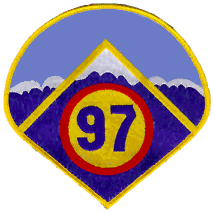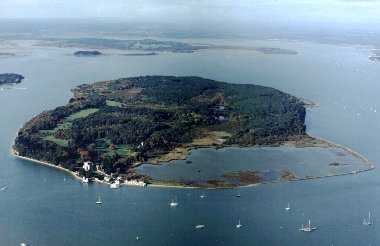Adventure! Troop 97
for boys & girls

Fort Collins,
Colorado USA
www.troop97.net
![]() HOME—International Scouting—Scout Organizations
HOME—International Scouting—Scout Organizations

From Brownsea Island in 1907, Scouting has spread to almost every country in the world. Indeed, a majority of countries have more than one national Scout association. While at least 88% of the world's Scouts belong to national associations affiliated with the two largest international Scout organizations, other national associations have joined any of several other international organizations, and some national associations have remained unaffiliated. There are also organizations that do not consider themselves to be Scouting organizations (they sometimes refer to themselves as "Scout-like" or "Scouting alternative" organizations), but nevertheless base their program ultimately on Baden-Powell's Scouting concepts.
So who is a "Scout"? The words "scout" and "scouting" are fairly broad terms that are used by many organizations. And there are non-Scouting organizations that include "scout-like" activities such as camping, hiking, and outdoor skills (some even wear a Scout-type uniform). For simplicity, we include in "Scouting" any organization that labels itself a Scouting program and which bases its program on Baden-Powell's Scouting concepts and ideals. This includes both males and females in the definition of "Scout", and the Scout associations can be male-only, female-only, or coed. Note that there have been female Scouts since the earliest days of Scouting—female Scouts are often called Guides, and we include Guiding associations in world Scouting (Scouting and Guiding were both started by Baden-Powell).
There are several hundred national Scout associations in the world, as well as some hundreds of individual units and local associations (covering a region or a single town). Most have felt the need to create international Scout organizations to set standards for Scouting and to coordinate activities among member associations. The largest two international organizations recognize only national Scout associations, but the others all admit regional/local associations and even individual units. We do not attempt to list the regional/local/individual group, which are hard to find and go in and out of existence constantly.
The international Scouting picture is complicated somewhat by the loss of the old distinction between a Scout Movement for boys and a separate Scout (or Guide) Movement for girls. Since about 1970, the trend toward coed Scouting has accelerated, and today coed Scouting is the norm more often than not. This has created difficulties for the two largest international Scout organizations: WOSM (World Organization of the Scout Movement), which formerly represented only male-only associations, and WAGGGS (World Association of Girl Guides and Girl Scouts), which formerly represented only female-only associations. Today, WOSM's membership is about 35% female (~15 million), and it has changed its mission statements to reflect goals for "young people" rather than "boys and young men". WAGGGS still sets its mission goals in terms of "girls and young women", even though it counts a small number of boys and young men among its members (about 11 000). WOSM and WAGGGS have discussed the possibility of uniting, but this is highly unlikely. [The other international organizations are all coed, although some require that male and female youth be in separate units.]
Why isn't everybody in WOSM or WAGGGS? Those associations that prefer not to belong to WOSM or WAGGGS tend to share several viewpoints:
Click on the logos below for more information about each international Scout organization. Additional links below provide information about:
These two organizations represent about 88% of all Scouts in the world. Adding WFIS (see below), the three organizations represent over 99% of all Scouts.
These four organizations represent "independent" or "traditional" Scout associations and units. This generally refers to groups that follow Baden-Powell's original Scouting for Boys handbook, amended only for "health, environmental, first aid, and safety reasons". WFIS, the first and by far the largest of the "independent" Scout organizations, has been growing rapidly, now representing about 12% of all Scouts. Since 2010, the organizations supporting traditional Scouting have been multiplying, demonstrating increasing disagreements over international cooperation among the independent/traditional associations.
These three organizations are mostly European. FSE and CES deliberately focus on European Scouting, even though both have welcomed a few Western Hemisphere organizations. OWS represents primarily the UK, with small Australian and Polish groups.
Last Revision to This Page: 17 September 2023
Text copyright © 2001-23 by Troop 97 BSA
Images are either non-copyright or are copyright © their respective organizations